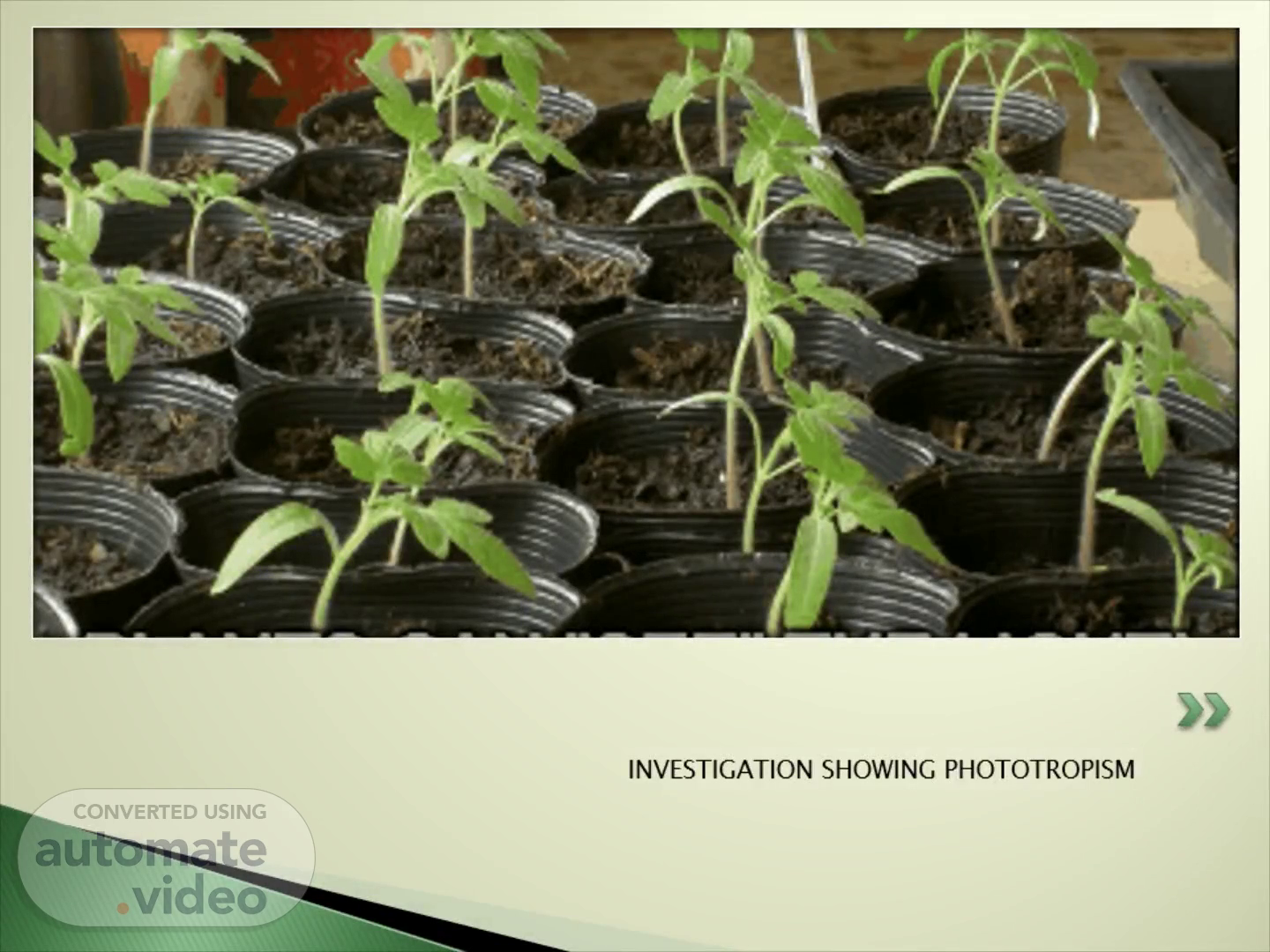
RADEBE_LSTV3705 ASSIGNMENT
Scene 1 (0s)
INVESTIGATION SHOWING PHOTOTROPISM.
Scene 2 (6s)
Plants usually grow upright under uniform light conditions. In cases where the light is not uniform, you notice that the plant bends in a particular direction. In these cases the bending seems to be in the direction of the source of light. This phenomenon is known as phototropism . Now to evaluate such scientific pieces of evidence we must carry out some experiments. This experiment will eventually help you understand the actual role played by every single constituent in the role and development act . An apparatus known as a clinostat is often used when investigating tropisms. A clinostat consists of a disc that rotates slowly when the motor is wound up. The disc can be set up horizontally or vertically. Two pot plants will be used in the investigation. One as the Control(A) and the other one as the Experiment(B) . Both will receive light; uniform and unilateral and observations made..
Scene 3 (43s)
Dependent variable(s): the curvature/angle of the stem Ind ependent variable(s): type of stimulus/light Controlled variable(s): Plant type Time exposed to the stimulus Size of the plant Light intensity Direction of light source.
Scene 4 (58s)
Clinostat x 2 Pot plants x 2 Sunlight Marker. What do you need?.
Scene 5 (1m 5s)
Attach the pot plants to the disc of clinostat used in horizontal position respectively. Label them “A” as the Control and “B” as the Experiment. In A, wound up the motor of the clinostat so that the pot plant rotates and receives uniform light. In B, do not wound up the motor of the clinostat so that the plant remains stationary..
Scene 6 (1m 24s)
Control (A) received light from all sides and the effect of unilateral lightning was eliminated. Therefore, the stem grew upright. Experiment (B) received unilateral light stimulus that causes the auxins to move to the shaded side of the stem. The higher auxin concentration on the shaded part causes more cell elongation on the shaded side which curves the stem towards the light. The stem response is therefore positively phototrophic.
Scene 8 (1m 51s)
AIM HYPOTHESIS Dependent and independent variables Factors that were controlled The method that you followed Ways in which you ensured reliable results Your observations Your conclusion.